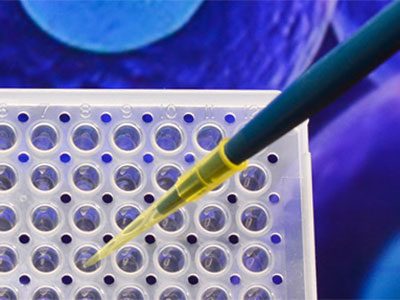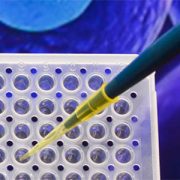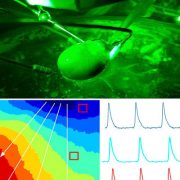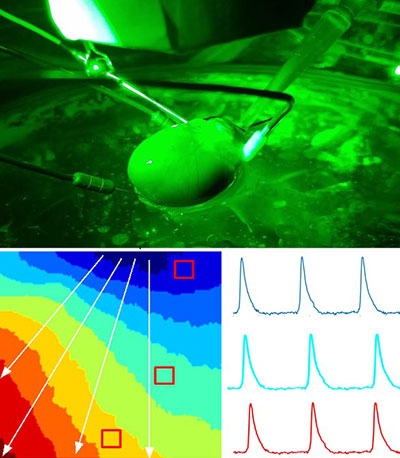2017: A banner year for innovation at Children’s National

In 2017, clinicians and research faculty working at Children’s National Health System published more than 850 research articles about a wide array of topics. A multidisciplinary Children’s Research Institute review group selected the top 10 articles for the calendar year considering, among other factors, work published in high-impact academic journals.
“This year’s honorees showcase how our multidisciplinary institutes serve as vehicles to bring together Children’s specialists in cross-cutting research and clinical collaborations,” says Mark L. Batshaw, M.D., Physician-in-Chief and Chief Academic Officer at Children’s National. “We’re honored that the National Institutes of Health and other funders have provided millions in awards that help to ensure that these important research projects continue.”
The published papers explain research that includes using imaging to describe the topography of the developing brains of infants with congenital heart disease, how high levels of iron may contribute to neural tube defects and using an incisionless surgery method to successfully treat osteoid osteoma. The top 10 Children’s papers:
- The role of reactive oxygen species in starting the process of repairing myofiber
- The importance of restoring neural stem/progenitor cells’ neurogenic potential to lessen long-term neurological deficits
- Functional impairment of the brains of infants with congenital heart disease prior to corrective open heart surgery
- Altered regional cerebral blood flow as an early warning sign of disturbed brain maturation
- Excess production of transcription factor Heat Shock Factor 1 can contribute to impairing the embryonic brain
- High levels of iron supplementation and iron overload may contribute to neural tube defects
- In a small study, 18F-fluorothymidine imaging identified subclinical bone-marrow recovery within five days of allogenic haemopoietic stem-cell infusion
- An experimental model exposed to di-2-ethylhexyl-phthalate experienced altered autonomic regulation, heart rate variability and cardiovascular reactivity
- Osteoid osteoma can be safely treated using magnetic resonance-guided high-intensity focused ultrasound and
- Racial and ethnic disparities in pediatric readmission rates vary for chronic conditions such as asthma, depression, diabetes, migraines and seizures.
Read the complete list.
Dr. Batshaw’s announcement comes on the eve of Research and Education Week 2018 at Children’s National, a weeklong event that begins April 16, 2018. This year’s theme, “Diversity powers innovation,” underscores the cross-cutting nature of Children’s research that aims to transform pediatric care.







